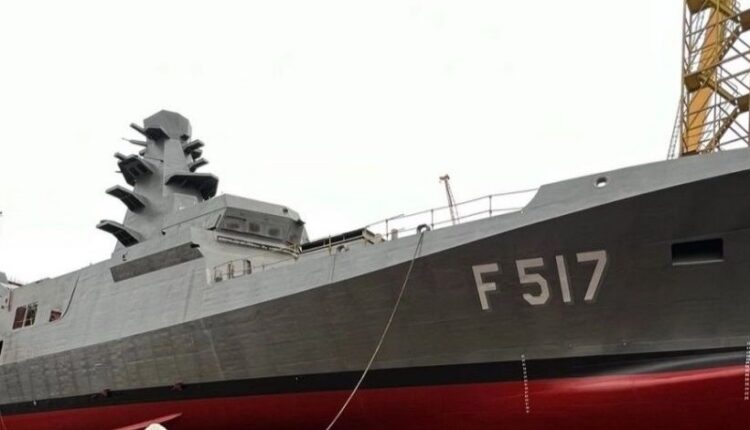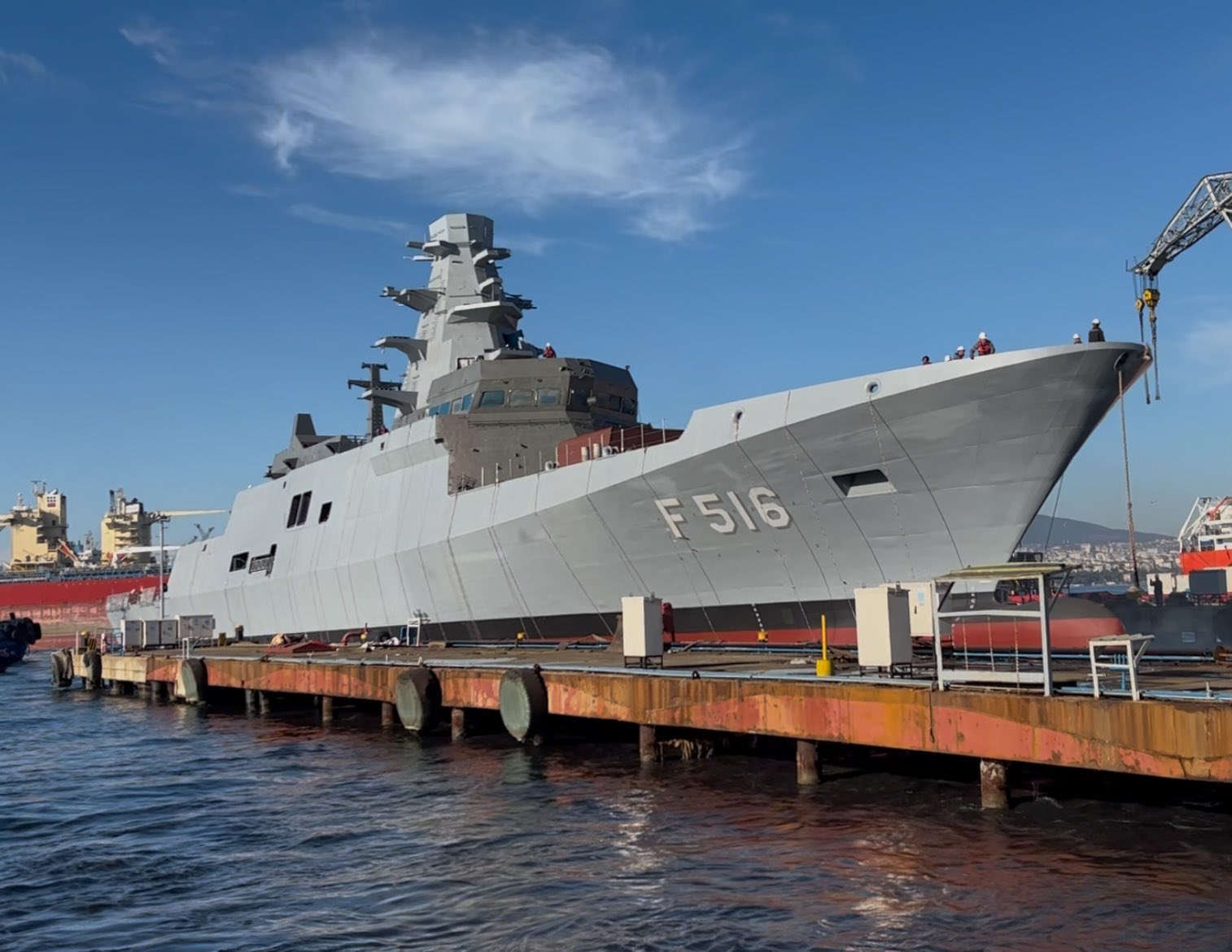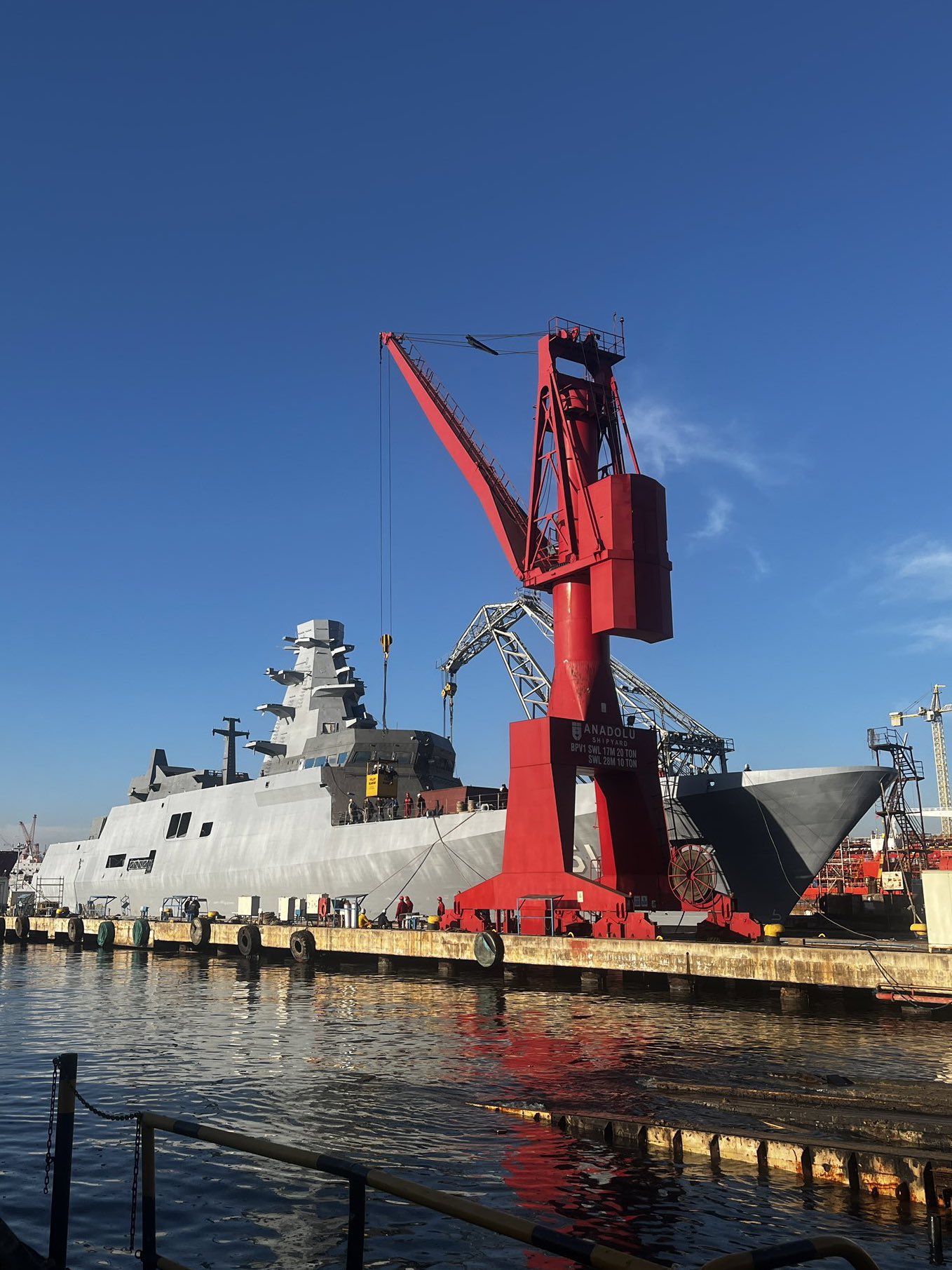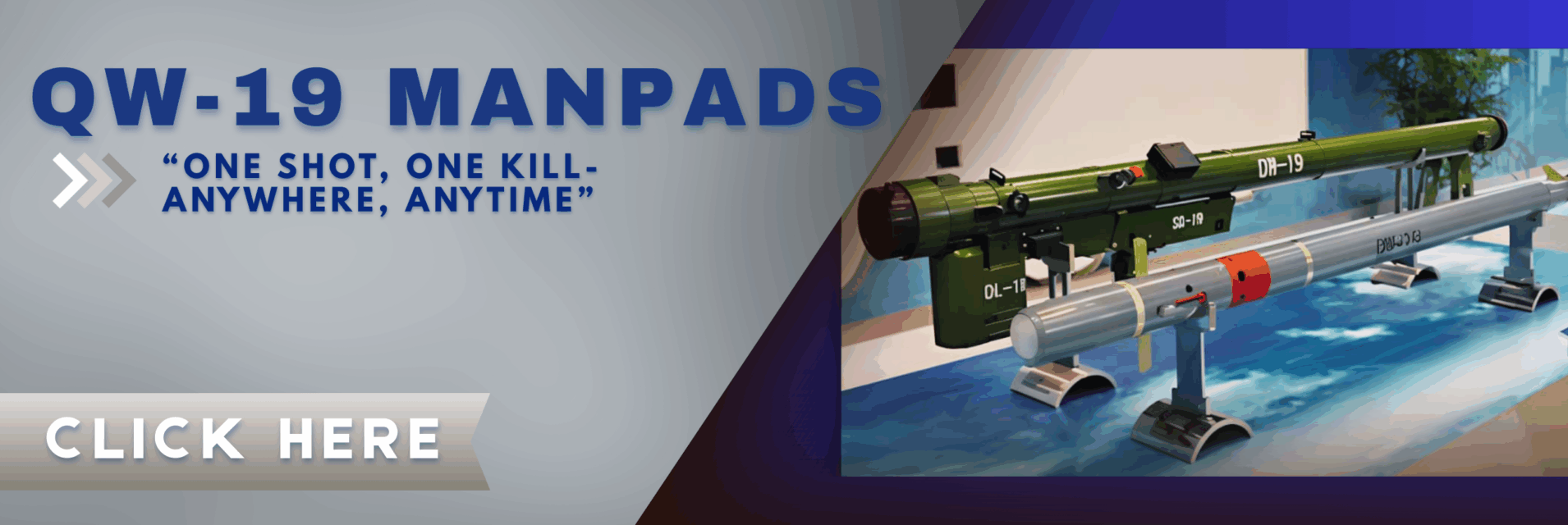Türkiye Launches Two İstif-Class Frigates, Izmir (F-516) and Izmit (F-517)
The İstif-class frigates are designed for multi-role operations, including anti-submarine warfare (ASW), air defense, surface warfare, and maritime patrol and surveillance.

(DEFENCE SECURITY ASIA) – Türkiye has launched two İstif-class frigates, Izmir (F-516) and Izmit (F-517), developed under the country’s National Warship Development Program for the Turkish Navy, known as MILGEM.
Türkiye plans to build a total of eight İstif-class frigates under the MILGEM program.
“Under the coordination of the Presidency of Defense Industries (SSB) and in partnership with TAIS and STM, our MILGEM İstif-class frigates, Izmir (F-516) and Izmit (F-517), have been launched into the sea,” said SSB President Haluk Görgün in a statement.
“These frigates, which will be commissioned into the Turkish Navy, will strengthen our maritime independence with national engineering expertise and elevate our defense capabilities to a higher level,” Görgün further stated.
Construction of the fourth İstif-class frigate, Icel, is currently underway.
The İstif-class frigates are being built concurrently at Sefine, Anadolu, and Sedef Shipyards, all of which are partners of TAIS.

Türkiye’s latest İstif-class frigates, with 80 percent locally produced components and technology, follow the commissioning of the first İstif-class frigate, Istanbul (F-515), in January last year.
Izmir (F-516) and Izmit (F-517) are expected to be officially commissioned into the Turkish Navy in 2026 and 2027, respectively.
The İstif-class frigates have a displacement of 3,100 tons, a length of 113.2 meters, and a beam of 14.4 meters.
The İstif-class frigate program was initiated to construct eight frigates to replace the aging YAVUZ-class frigates by the mid-2020s.
Developed under the MILGEM program, the İstif-class frigates are an enlarged and enhanced version of the Ada-class Anti-Submarine Corvette.
These frigates feature a 50 percent larger fuel capacity and extended operational range compared to the Ada-class corvettes.

Key Technical Specifications of the İstif-Class Frigate:
-
Overall Length: 113.2 meters
-
Maximum Beam: 14.4 meters
-
Draught: 4.05 meters
-
Displacement: 3,100 tons
-
Maximum Speed: Over 29 knots
-
Cruising Speed: 14 knots
-
Range: 5,700 nautical miles at 14 knots
-
Propulsion System: Combined Diesel and Gas (CODAG) featuring 2 MTU diesel engines and 1 LM2500 gas turbine, driving 2 shafts with controllable pitch propellers (CPP)
-
Crew Capacity: 123 personnel
Armament:
-
Vertical Launch System (VLS): 16 MIDLAS cells for surface-to-air missiles (SAM) like the HISAR family
-
Anti-Ship Missiles: 16 ATMACA missiles (4 launchers with 4 missiles each)
-
Main Gun: 1 × 76 mm Super Rapid naval gun
-
Close-In Weapon System (CIWS): 1 × Aselsan GÖKDENİZ 35 mm system
-
Remote-Controlled Weapon Stations: 2 × Aselsan STOP 25 mm systems
-
Torpedo Launchers: 2 × triple 324 mm torpedo tubes capable of launching lightweight torpedoes like the MK-46M5 or Orka

Sensor and Combat Systems:
-
Search Radar: CENK-400N 4D AESA
-
Surface Radar: Aselsan ALPER-200N LPI
-
Fire Control Radar: AKREP-300N (AKR-D Block B-1/2)
-
Main Gun Fire Control System: TAKS-100/76GFCS
-
Anti-Ship Missile Fire Control: ATMACA 100/AFCS
-
Air Defense Missile Fire Control: HİSAR 100N/FCS
-
Electro-Optical Detection Systems: AHTAPOT-100, PIRI-100 IRST
-
Sonar System: FERSAH 100N/MF (hull-mounted)
Aviation Capability:
-
Equipped with a flight deck and hangar to accommodate an S-70B Seahawk helicopter or unmanned aerial vehicles (UAVs).
The İstif-class frigates are designed for multi-role operations, including anti-submarine warfare (ASW), air defense, surface warfare, and maritime patrol and surveillance.
These frigates are also equipped with stealth technology to minimize radar cross-section, enhancing survivability and combat effectiveness in operational environments. – DSA


